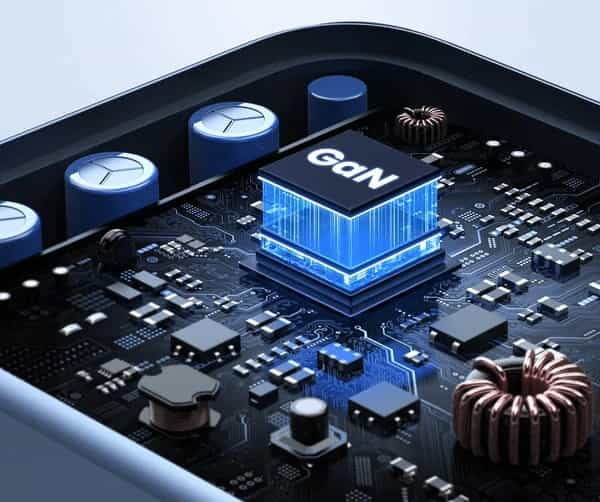
A must-read before buying a GaN charger: its advantages and disadvantages are here
Updated on August 26, 2025
In recent years, gallium nitride (GaN) chargers, as an emerging charging technology, have rapidly gained market favor due to their unique advantages. They are not only compact and highly efficient but also offer stable operation, greatly enhancing daily convenience. So, what makes GaN chargers special? How do they improve the charging experience? This article will provide an in-depth analysis of the strengths and weaknesses of GaN chargers and explore their future application potential.
Table of contents

Key Features of GaN Chargers
Efficient and Compact Design: GaN chargers utilize gallium nitride semiconductor material, which offers higher energy conversion efficiency and a smaller form factor, making them highly suitable for modern portable electronic devices.Fast Charging and Energy Efficiency: Thanks to the superior properties of GaN material, these chargers not only deliver faster charging speeds but also reduce energy loss, meeting the demands of environmentally conscious consumers.
Enhanced Safety Performance: GaN chargers excel in thermal management, effectively controlling heat generation and reducing safety risks associated with overheating, ensuring a safer charging experience.
High Cost as a Limiting Factor: Despite their evident advantages, the relatively high pricing of GaN chargers, due to complex manufacturing processes, has somewhat limited their adoption in mid-to-low-end markets.
Broad Future Application Prospects: With the widespread adoption of 5G communication technology and the development of the electric vehicle industry, there is a growing demand for high-efficiency, high-power power supplies. GaN chargers are expected to play a significant role in these fields.
What is GaN?
Gallium nitride (GaN) is an innovative semiconductor material that is more environmentally friendly than traditional silicon-based materials. It features a wide band gap, high electron mobility, and excellent thermal conductivity. These properties make GaN more suitable for manufacturing high-efficiency, high-power, and high-temperature-resistant electronic components. In charger applications, GaN technology contributes to device miniaturization, improved charging efficiency, and enhanced safety.Advantages and Disadvantages of GaN Chargers
Advantages: High efficiency, compact and portable, fast charging, energy-saving and environmentally friendly, high safety, broad compatibilityGaN chargers stand out in the market due to their numerous notable advantages. The advanced semiconductor material significantly enhances power conversion efficiency, resulting in less heat generation and a smaller size under the same power output. This perfectly aligns with modern users' needs for portable devices.
Owing to the inherent performance advantages of the material, GaN chargers significantly reduce charging time, improving user convenience. Efficient energy conversion not only helps save energy but also reduces environmental impact, aligning with today's societal emphasis on green technology.
Additionally, these chargers offer exceptional thermal management capabilities, maintaining low temperatures and stable operation over extended periods. This reduces the risk of accidents and provides users with a more reliable charging experience. As the technology continues to mature, GaN chargers are widely compatible with various electronic devices, allowing users to switch between devices without frequently changing chargers, further enhancing convenience.
Disadvantages: Relatively High Cost
The primary drawback of GaN chargers currently lies in their cost. Due to the complexity of material synthesis and manufacturing processes, their prices are generally higher than those of traditional chargers. This makes it more difficult for them to penetrate the mid-to-low-end consumer market. At present, these products are primarily targeted at high-end users and tech enthusiasts, which somewhat limits their mass adoption.
Future Applications of GaN Chargers
Driven by emerging charging technologies, GaN chargers have gained recognition from numerous digital manufacturers. Leading smartphone brands and third-party accessory companies have successively launched related products to meet growing market demand. With the full-scale commercialization of 5G networks and the continued expansion of the electric vehicle industry, GaN chargers demonstrate broad development prospects.Both 5G base stations and electric vehicles require high-efficiency, high-power power support. GaN chargers, with their compact and efficient characteristics, are well-suited for these scenarios. In the future, as technology further advances and production costs gradually decrease, GaN chargers are expected to expand their application scope in the consumer electronics field and play a key role in next-generation technological applications.
